Fossil fuels and greenhouse gases When fossil fuels are burned by industry, in power stations and by vehicles and planes gases (as unwanted by Greenhouse Gas Emissions Overview Diagram Notes a CO2 emissions related to petroleum consumption (includes 64 MMTCO2 of nonfuelrelated emissions) b CO2 emissions related to coal consumption (includes 03 MMTCO2 of nonfuelrelated emissions) c CO2 emissions related to natural gas consumption (includes 13 MMTCO2 of nonfuelrelatedGreenhouse gas Wikipedia The ecology infographic example "EU greenhouse gas emissions" was created using the ConceptDraw PRO diagramming and vector drawing software extended with the Management Infographics solition from the area "Business Infographics" in ConceptDraw Solution Park Gas Example

Chart Of The Day Greenhouse Gas Pollution In California Streets Mn
Greenhouse gas emissions diagram
Greenhouse gas emissions diagram- For the purposes of reporting, greenhouse gas emissions are allocated into National Communication sectors These are a small number of broad, highlevel sectors, and are as follows energy supply, business, transport, public, residential, agriculture, industrial processes, land use land use change and forestry (LULUCF), and waste management• Greenhouse Gas Emissions Diagram handouts • Colored pencils National Science Education Standards D1h The atmosphere is a mixture of nitrogen, oxygen, and trace gases that include water vapor D1j Living organisms have played many roles in earth systems including affecting the
/cdn.vox-cdn.com/assets/4250823/ecofys-world-ghg-emissions-flowchart.png)



Where Do Greenhouse Gas Emissions Come From Vox
Greenhouse gas emissions increased 70 percent between 1970 and 04 Emissions of carbon dioxide, the most important greenhouse gas, rose by about 80 percent during that time The amount of carbon dioxide in the atmosphere today farGreenhouse gas Wikipedia The ecology infographic example "EU greenhouse gas emissions" was created using the ConceptDraw PRO diagramming and vector drawing software extended with the Management Infographics solition from the areaSharing information on greenhouse gas emissions from council own estate and operations Frequently asked questions Updated April 14 Data to be included in a Local Authority's GHG report Which emissions fall under which Scope?
III N2O Emissions and Nitric Acid Production Process p 7 IV Summary of Control Measures p9 A Primary Controls p10 B Secondary Control p11 C Tertiary Controls p13 D Selective Catalytic Reduction p16 V Other Greenhouse Gas Emissions p16 Scope 3 emissions (Greenhouse Gas Protocol) This diagram shows that under the Corporate Standard (which also applies to councils), emissions sources are categorized as direct or indirect and then further divided into scopes Direct sources are all owned or controlled by the reporting council Direct sources are classified as Scope 1The breakdown of CO 2 emissions mirrors total greenhouse gas emissions closely The distribution of methane emissions across sectors is notably different This chart shows methane emissions by sector, measured in tonnes of carbon dioxide equivalents We see that, globally, agriculture is the largest contributor to methane emissions
Greenhouse gas Wikipedia The ecology infographic example "EU greenhouse gas emissions" was created using the ConceptDraw PRO diagramming and vector drawing software extended with the Management Infographics solition from the areaThe diagram gives more details about this process, called the greenhouse effect How the greenhouse effect works electromagnetic radiation at most wavelengths passes through the Earth's atmosphere Greenhouse gases are gases that can trap heat They get their name from greenhouses A greenhouse is full of windows that let in sunlight That sunlight creates warmth The big trick of a greenhouse is that it doesn't let that warmth escape That's exactly how greenhouse gases act They let
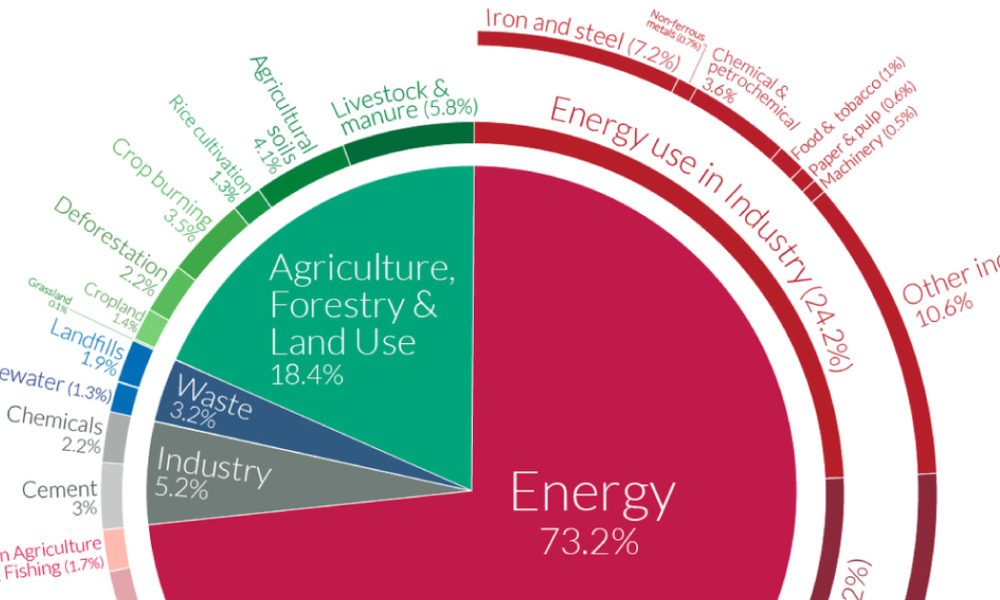



A Global Breakdown Of Greenhouse Gas Emissions By Sector
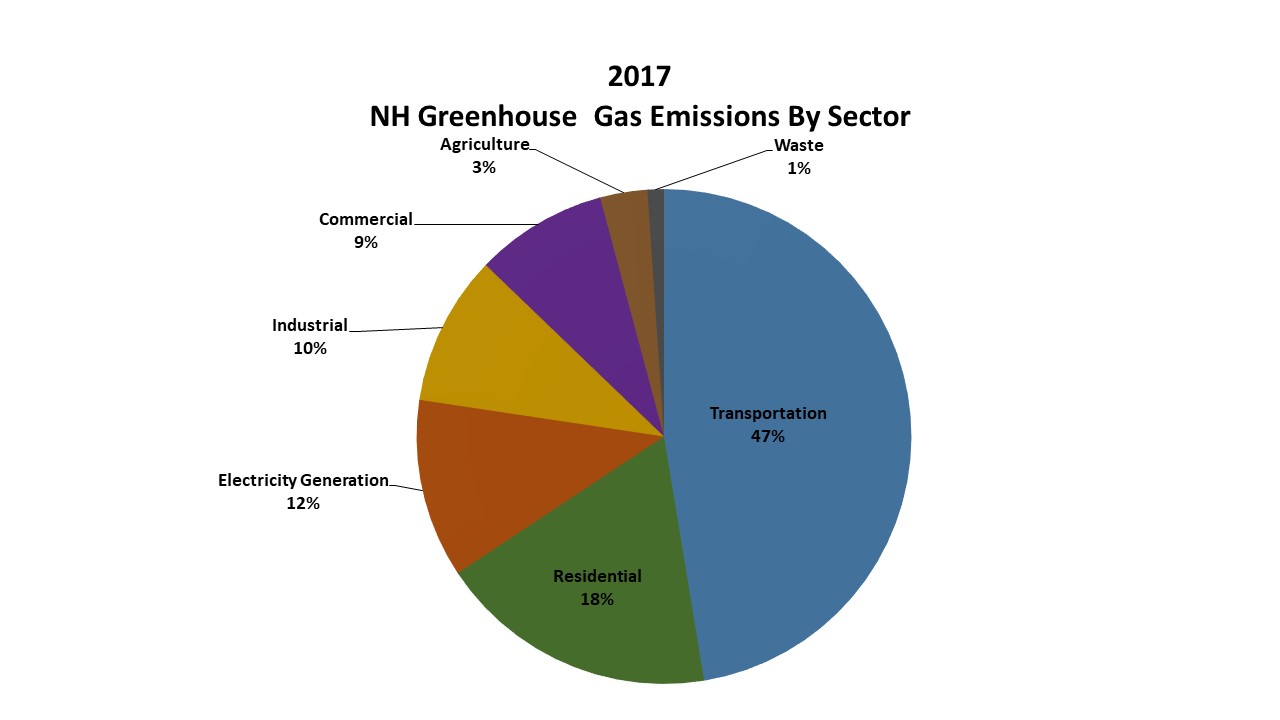



Greenhouse Gas Emissions Inventory Nh Department Of Environmental Services
Greenhouse gases are not a bad thing in themselves, but too much of them in the atmosphere leads to an increase in the greenhouse effect and globalThis chart shows the change in global greenhouse gas emissions over time Greenhouse gases are measured in 'carbon dioxideequivalents' (CO 2 e) Today, we collectively emit around 50 billion tonnes of CO 2 e each year This is more than 40% higher than emissions in 1990, which were around 35 billion tonnes "Food systems" were responsible for 34% of all humancaused greenhouse gas emissions in 15, according to new research The study, published in Nature Food, presents EDGARFOOD – the first database to break down emissions from each stage of the food chain for every year from 1990 to 15The database also unpacks emissions by sector, greenhouse gas
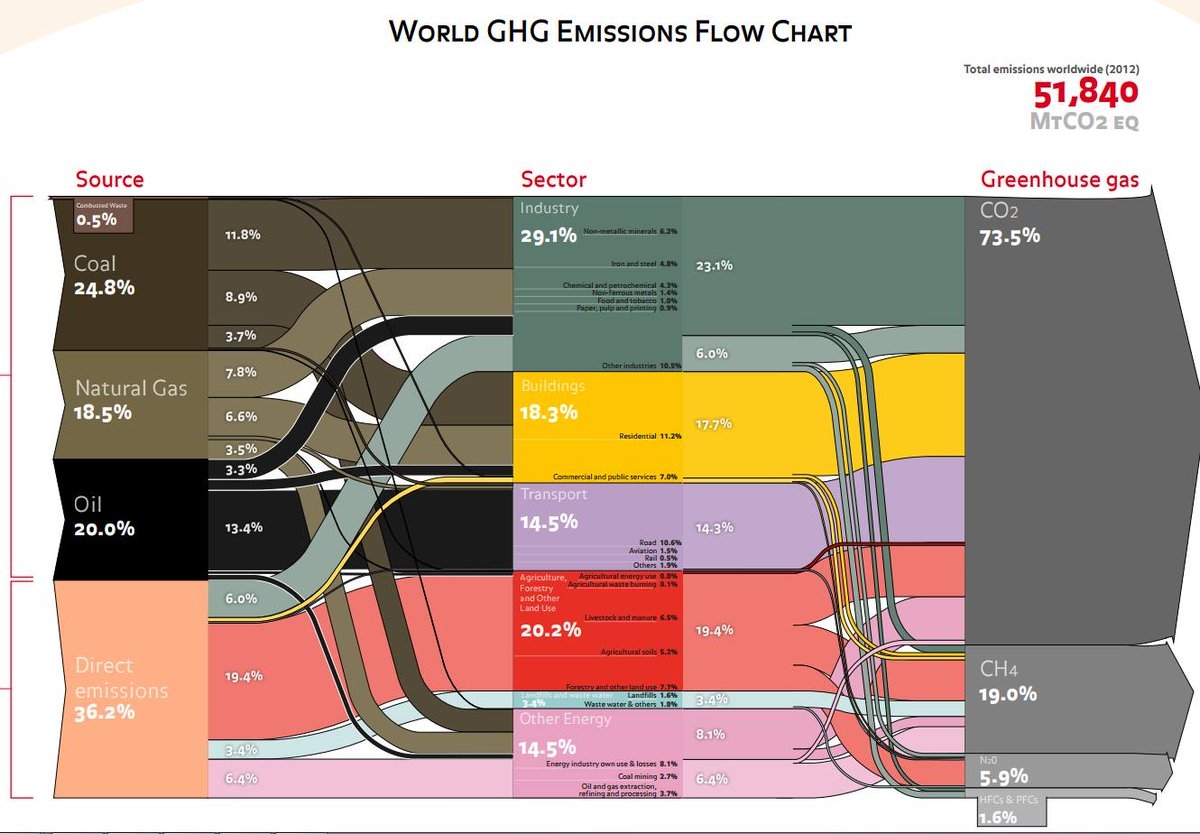



World Ghg Emissions 12 Sankey Diagrams




Pie Chart That Shows Different Types Of Gases From Carbon Dioxide Fossil Fuel Use Deforestation Greenhouse Gases Greenhouse Gas Emissions Ghg Emissions
Between 07 and 18, direct greenhouse gas emissions from New Zealand households grew by 118 percent (over 1 megatonne), Stats NZ said today "As a result, New Zealand households contributed 12 percent of New Zealand's total emissions in 18," environmentaleconomic accounts manager Stephen Oakley said Greenhouse Gas Carbon Dioxide Share of Global GHG Emissions 2530% Futtsu Thermal Power Station near Tokyo Generating electricity and heat by burning fossil fuels like coal, natural gas and oil produces more greenhouse gas (GHG) emissions than any human activity, accounting for at least one quarter of all global emissions1122 Emissions by greenhouse gas The Greenhouse Gas Inventory provides a breakdown of emissions for each greenhouse gas Of the priority emitted gases identified in the Kyoto Protocol, the three most significant in terms of volume are carbon dioxide, methane and nitrous oxide Table 111 shows the emissions of each of the




1 Breakdown Of U S Greenhouse Gas Emissions By Sector And Fuel Type Download Scientific Diagram
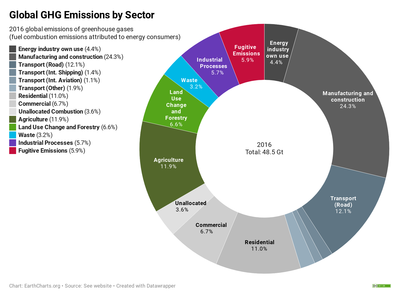



Greenhouse Gas Emissions Wikipedia
And "upstream" emissions from natural gas infrastructure accounted for approximately % of total 12 greenhouse gas ( GHG) emissions from natural gas systems;Greenhouse gases diagrams • Where do Greenhouse Gases Come From handouts • Greenhouse Gas Emissions Diagram handouts • Colored pencils National Science Education Standards D1h The atmosphere is a mixture of nitrogen, oxygen, and trace gases that include water vapor The world's countries emit vastly different amounts of heattrapping gases into the atmosphere The chart above and table below both show data compiled by the International Energy Agency , which estimates carbon dioxide (CO 2 ) emissions from the combustion of coal, natural gas, oil, and other fuels, including industrial waste and nonrenewable municipal waste



Chart Carbon Emissions Rebound Statista
/cdn.vox-cdn.com/assets/4250823/ecofys-world-ghg-emissions-flowchart.png)



Where Do Greenhouse Gas Emissions Come From Vox
Protocol, to limit the emissions of greenhouse gases One hundred forty countries that collectively represent 616% of greenhouse gas emissions worldwide have ratified the Kyoto Protocol The United States does not support the Kyoto Protocol and disagrees with a number of its provisionsHuman emissions of carbon dioxide and other greenhouse gases – are a primary driver of climate change – and present one of the world's most pressing challenges 1 This link between global temperatures and greenhouse gas concentrations – especially CO 2 – has been true throughout Earth's history 2 To set the scene, let's look at how the planet has warmed The AGGI—short for Annual Greenhouse Gas Index—reports the combined warming influence of all longlived greenhouse gases as a fraction of their influence in 1990 Ever since people began grappling with the realization that human activities are changing the climate, scientists and decisionmakers have struggled to come up with simple ways to talk about the




Chart Of The Day Greenhouse Gas Pollution In California Streets Mn




Greenhouse Effect Definition Diagram Causes Facts Britannica
Fossil fuels and greenhouse gases When fossil fuels are burned by industry, in power stations and by vehicles and planes, gases (as unwanted byproducts known as carbon emissions) enter the Carbon dioxide (CO 2) is the primary greenhouse gas emitted through human activitiesIn 19, CO 2 accounted for about 80 percent of all US greenhouse gas emissions from human activities Carbon dioxide is naturally present in the atmosphere as part of the Earth's carbon cycle (the natural circulation of carbon among the atmosphere, oceans, soil, plants, and animals)Next Reporting greenhouse gas emissions data, technical guidance reporting criteria 11 Purpose The purpose of this document is to provide guidance to potential reporting companies to help determine if they are required to submit a report by June 1st and to present technical information related to greenhouse gas (GHG) emissions reporting



Chart World S Biggest Economies Ramp Up Their Emissions Statista




Greenhouse Gas Emissions
Greenhouse gas Wikipedia The ecology infographic example "EU greenhouse gas emissions" was created using the ConceptDraw PRO diagramming and vector drawing software extended with the Management Infographics solition from the area "Business Infographics" in ConceptDraw Solution Park Examples GasGreenhouse effect, a warming of Earth's surface and troposphere (the lowest layer of the atmosphere) caused by the presence of water vapour, carbon dioxide, methane, and certain other gases in the air Of those gases, known as greenhouse gases, water vapour has the largest effect The origins of the term greenhouse effect are unclear French mathematician JosephImportance of atmospheric chemistry in controlling greenhouse gases Currently, tropospheric ozone (O 3) is the third most important greenhouse gas after carbon dioxide (CO 2) and methane (CH 4) It is a product of photochemistry, and its future abundance is controlled primarily by emissions of CH 4, carbon monoxide (CO), nitrogen oxides (NO



Greenhouse Gas Emissions Wikipedia




Windsor S Greenhouse Gas Emissions
Carbon dioxide (CO2) Let's now consider what federal agency and academic researchers consider to be the "most important greenhouse gases" Carbon dioxide (not to be confused with carbon monoxide, CO, associated with vehicle tail pipe emissions or with home CO alerts) occurs both naturally and as a result of human activitiesThe other 80% of GHG emissions from natural gas result from gas combustion by enduse consumers The Sankey diagrams in this paperThis is caused by gases that trap energy from the sun The most common greenhouse gases are water vapour, carbon dioxide and methane Carbon dioxide is the most dangerous and abundant of the greenhouse gases, which is why cutting carbon emissions, carbon footprints or seeking lowcarbon alternatives are suggested as ways to address climate change




Greenhouse Gas Emissions By Country And Sector Infographic News European Parliament
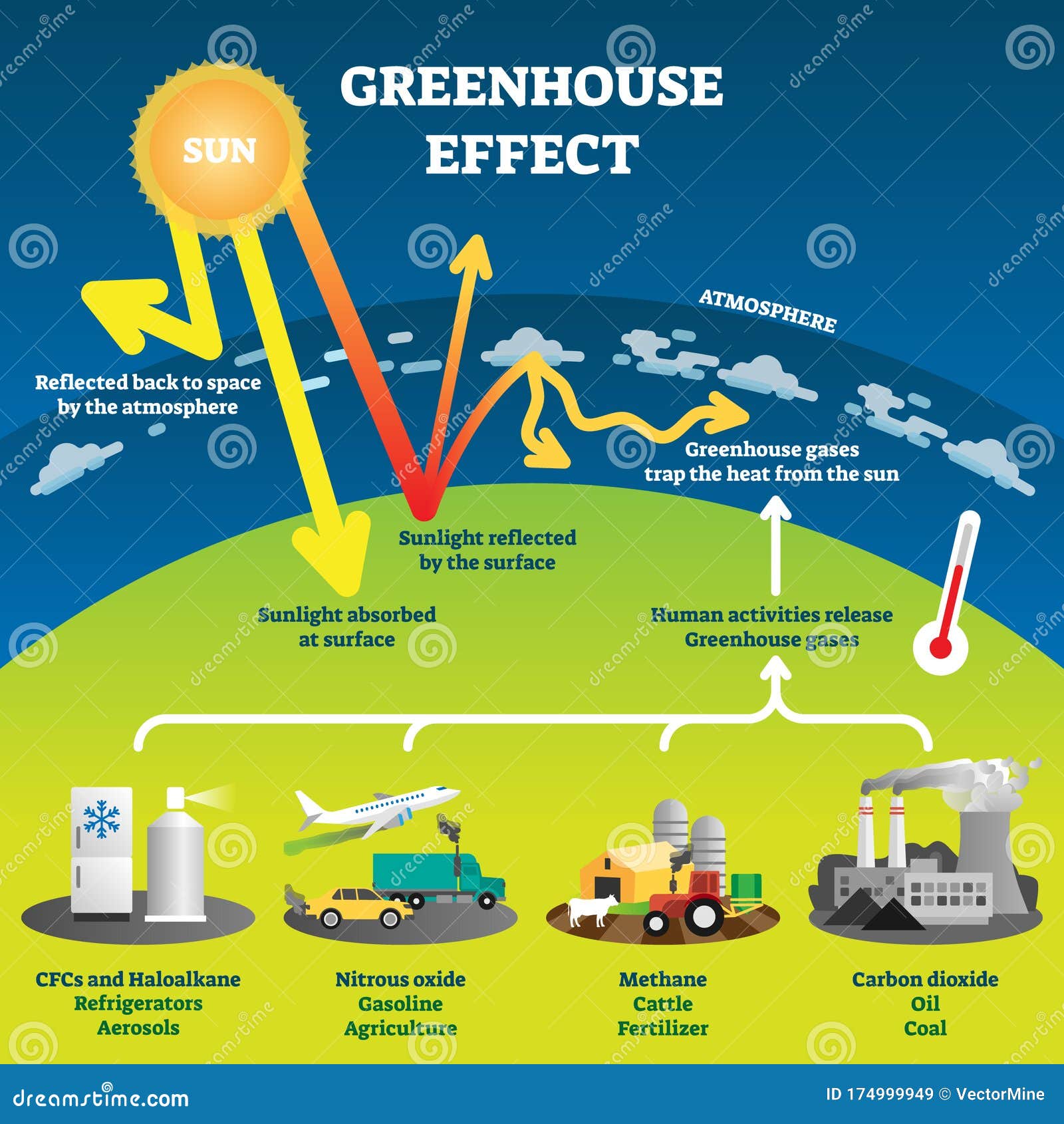



Greenhouse Gas Diagram Stock Illustrations 165 Greenhouse Gas Diagram Stock Illustrations Vectors Clipart Dreamstime
• The greenhouse gas emission projections for UK agriculture in this paper are an update to the previous projections produced by DECC in March 11 • Total greenhouse gas emissions from the sector are projected to fall by around 2% by , over 09 levels Previously they were projected toGreenhouse gas Wikipedia The ecology infographic example "EU greenhouse gas emissions" was created using the ConceptDraw PRO diagramming and vector drawing software extended with the Management Infographics solition from the area "Business Infographics" in ConceptDraw Solution Park Examples Of GasGreenhouse gas emissions from the Australian transport sector The study was undertaken in mid07, on behalf of the Australian Greenhouse Office (AGO), the federal body then responsible for administering programs under the Australian Government's climate change strategies The Department of Climate Change



Greenhouse Gas Inventory Boca Raton Fl
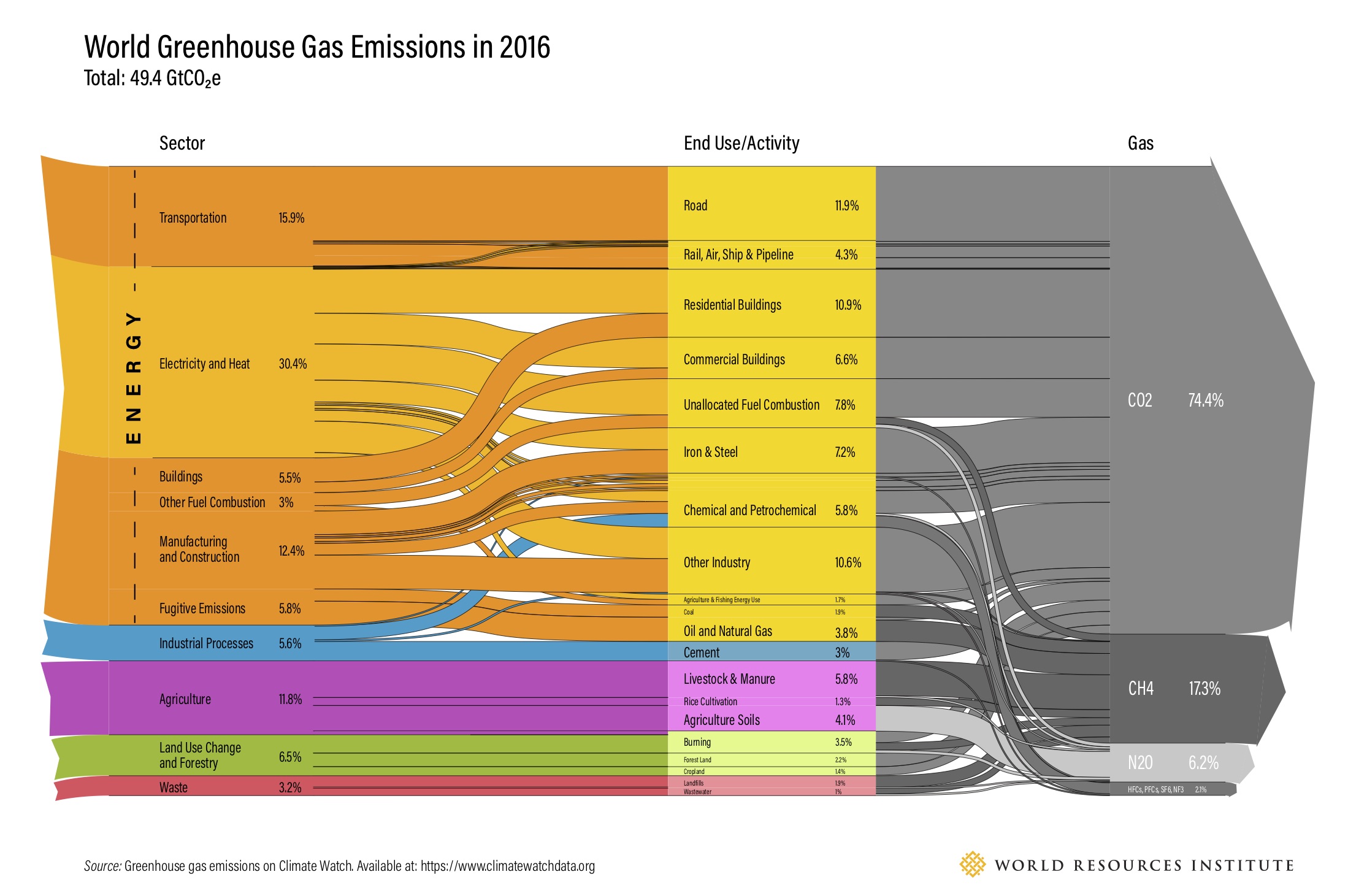



World Ghg Emissions 16 Sankey Diagrams
US Greenhouse Gas Emissions In the United States, greenhouse gas emissions caused by human activities increased by 2 percent from 1990 to 19 Since 05, however, total US greenhouse gas emissions have decreased by 12 percent Carbon dioxide accounts for most of the nation's emissions and most of the increase since 1990Greenhouse gas emissions are greenhouse gases vented to the Earth's atmosphere because of humans the greenhouse effect of their 50 billion tons a year causes climate changeMost is carbon dioxide from burning fossil fuels coal, oil, and natural gas The largest polluters include coal in China and large oil and gas companies, many stateowned by OPEC and Russia These activities include for example the burning of coal, oil and gas, deforestation and farming The diagram above shows greenhouse gas emissions in the EU in 17 broken down by main source sectors Energy is responsible for 807% of greenhouse gas emissions in 17, of which transport accounts for about a third




No Progress Made To Reduce U S Greenhouse Gas Emissions Ecori News
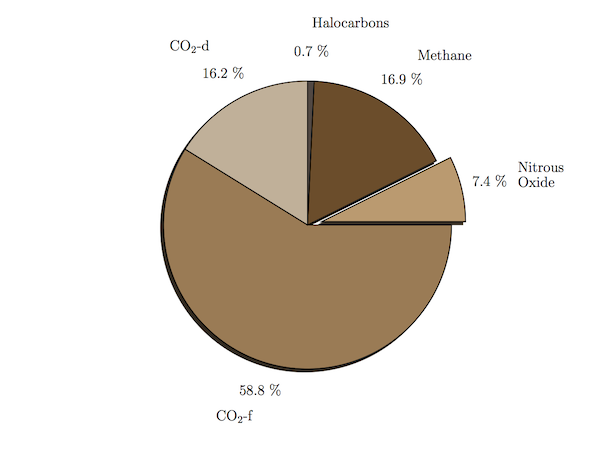



A Pie Chart Of Greenhouse Gas Emissions
Total Emissions in 19 = 6,558 Million Metric Tons of CO2 equivalentPercentages may not add up to 100% due to independent rounding * Land Use, LandUse Change, and Forestry in the United States is a net sink and removes approximately 12 percent of these greenhouse gas emissions, this net sink is not shown in the above diagram
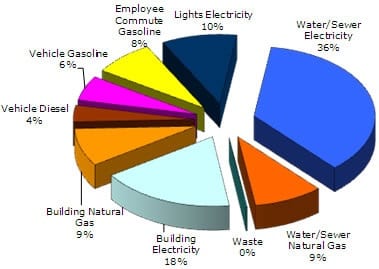



Greenhouse Gas Emissions Inventory For Bellingham City Of Bellingham
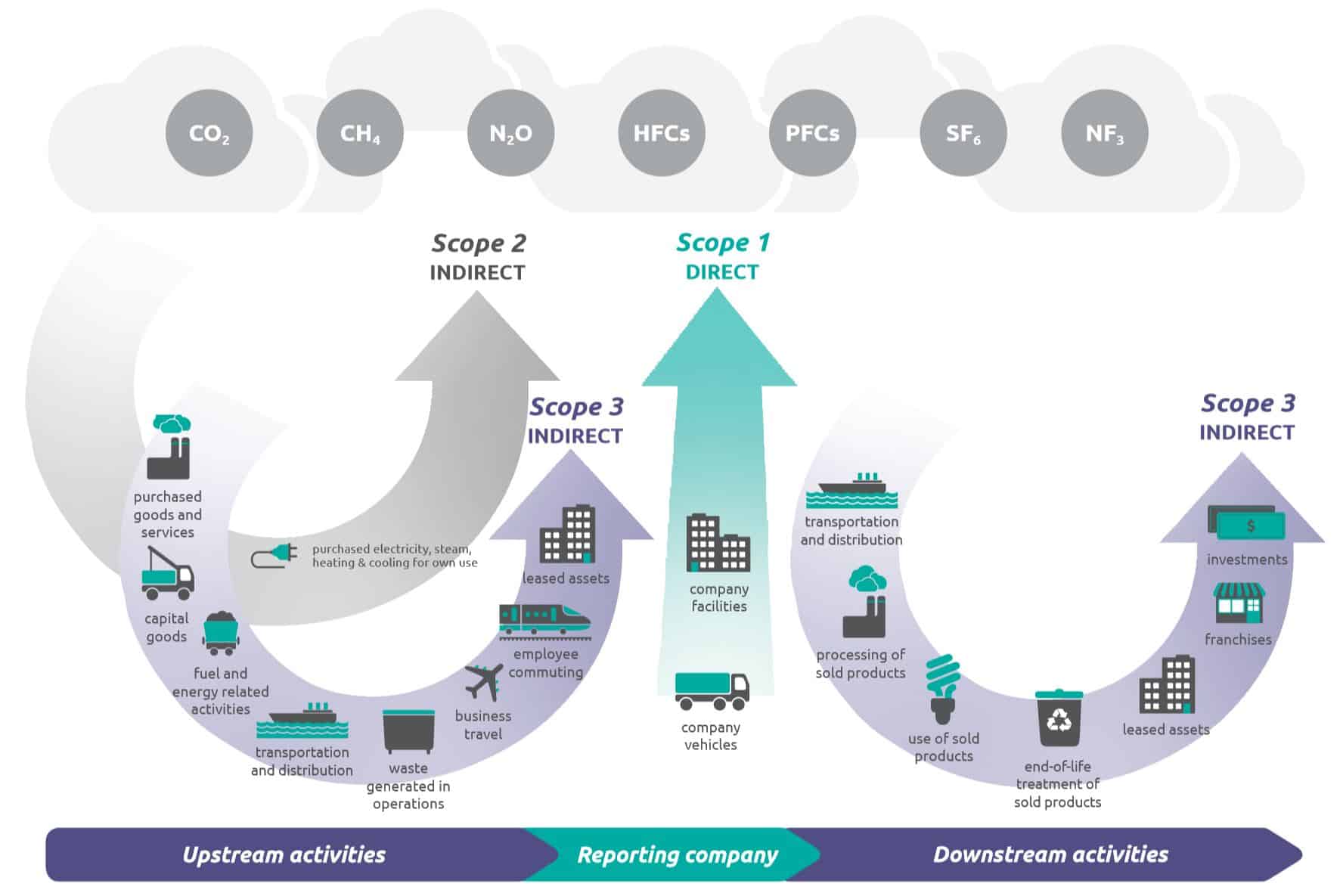



What Is The Difference Between Scope 1 2 And 3 Emissions Compare Your Footprint



1
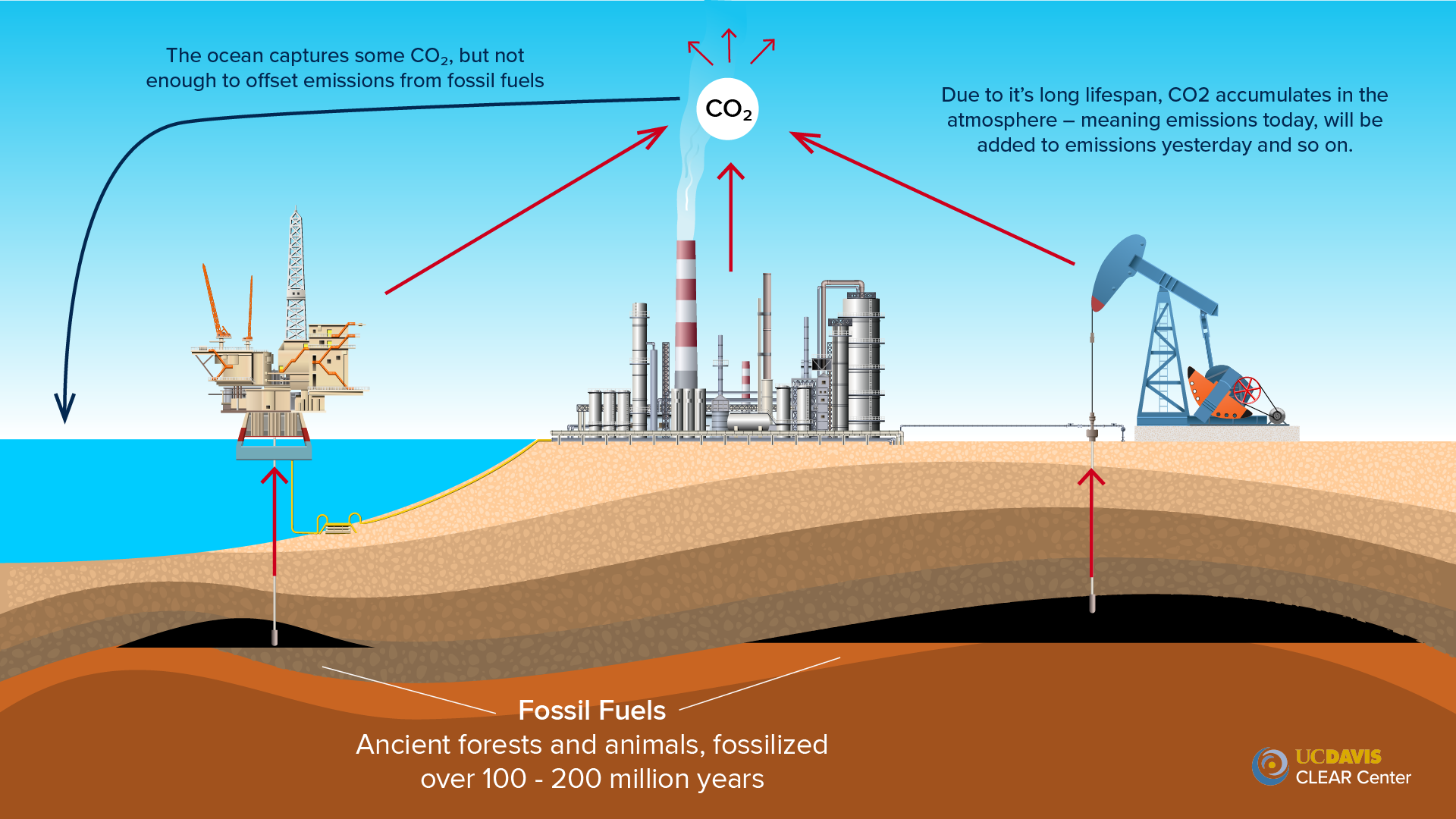



Greenhouse Gas Emissions What Is The Difference Between Stock And Flow Gases Clear Center
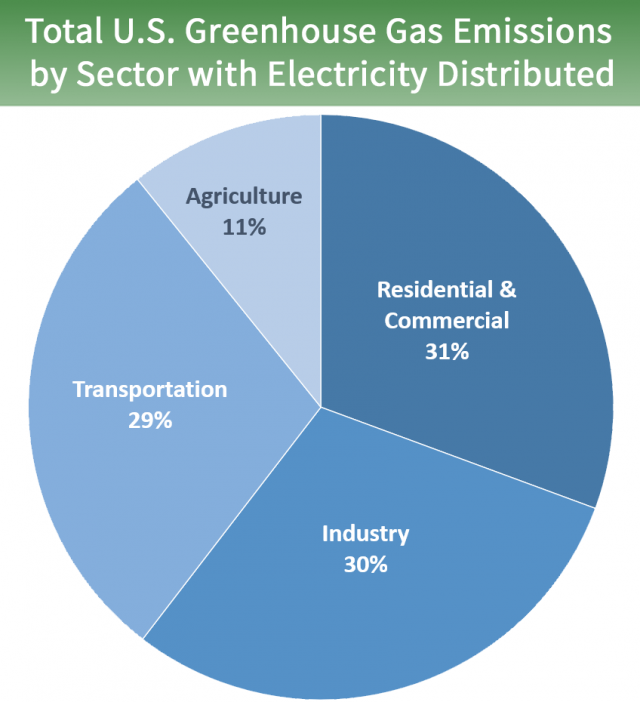



Sources Of Greenhouse Gas Emissions Us Epa




Canada Ghg By Province Climate Change Connection
/cdn.vox-cdn.com/uploads/chorus_asset/file/16185122/gw_graphic_pie_chart_co2_emissions_by_country_2015.png)



Climate Change Animation Shows Us Leading The World In Carbon Emissions Vox
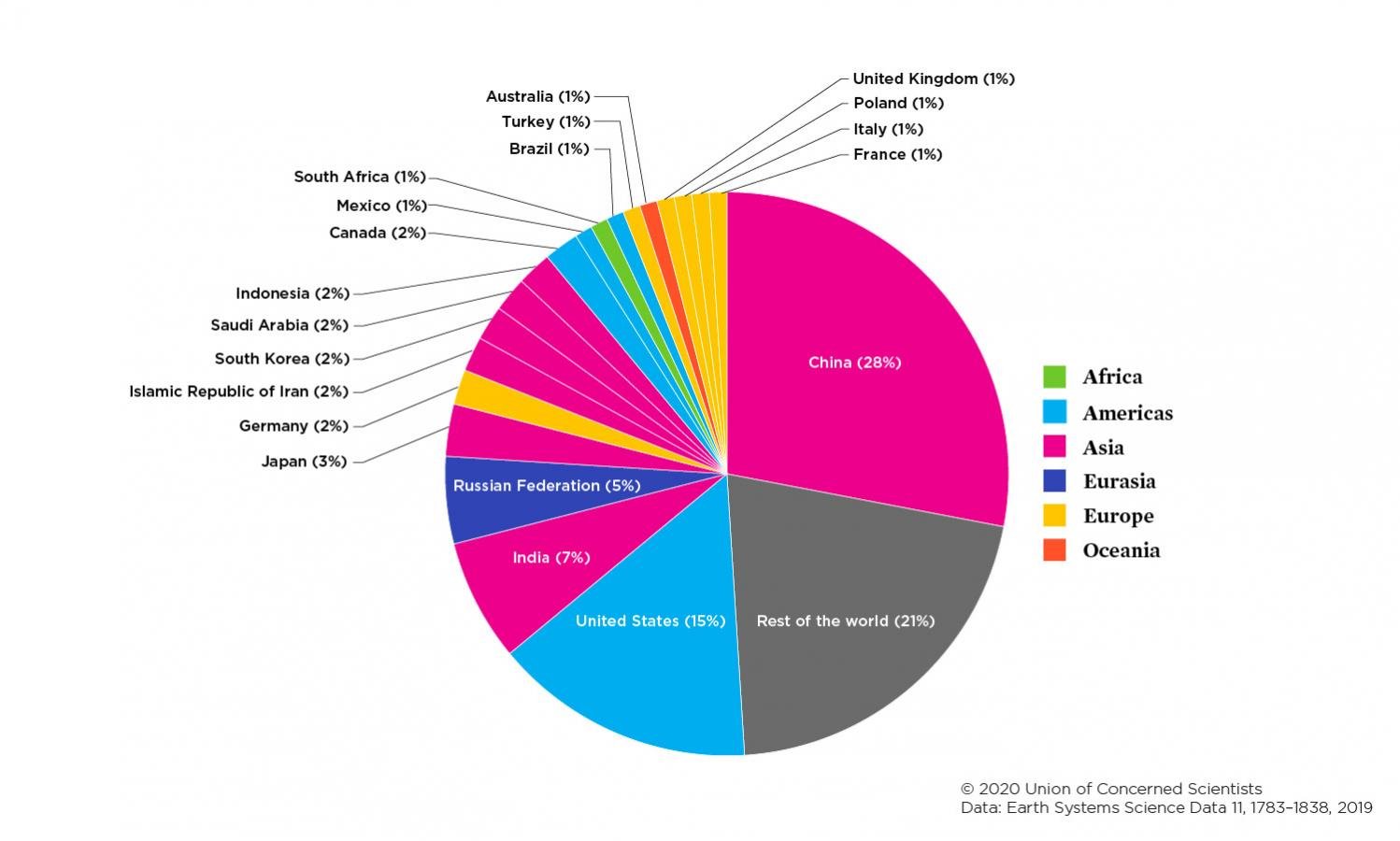



Each Country S Share Of Co2 Emissions Union Of Concerned Scientists



Breakdown Of Global Greenhouse Gas Emissions Attributable To Cattle Download Scientific Diagram



Greenhouse Gas Emission Trends European Environment Agency




Sources Of Greenhouse Gas Emissions Us Epa




Co2 Emissions Our World In Data




Overview Of Greenhouse Gases Us Epa



Ghg Sankey Diagrams




Greenhouse Gas Emissions




Carbon Footprint Life Cycle Initiative



Global Warming



New Land Use Strategies Can Reduce Greenhouse Gas Emissions
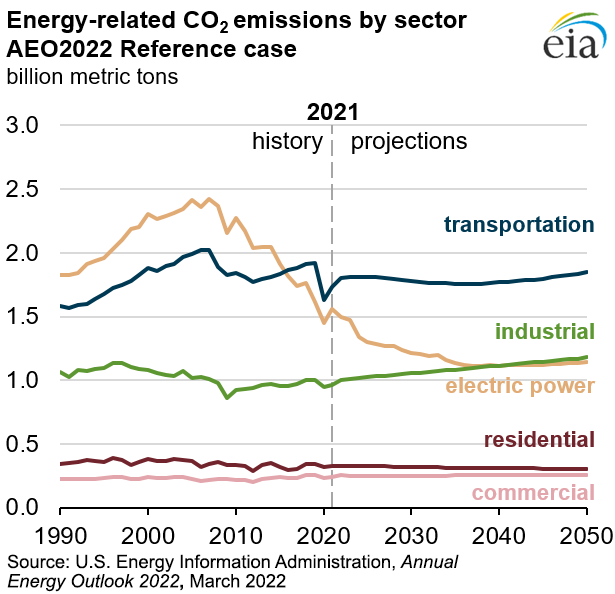



Outlook For Future Emissions U S Energy Information Administration Eia
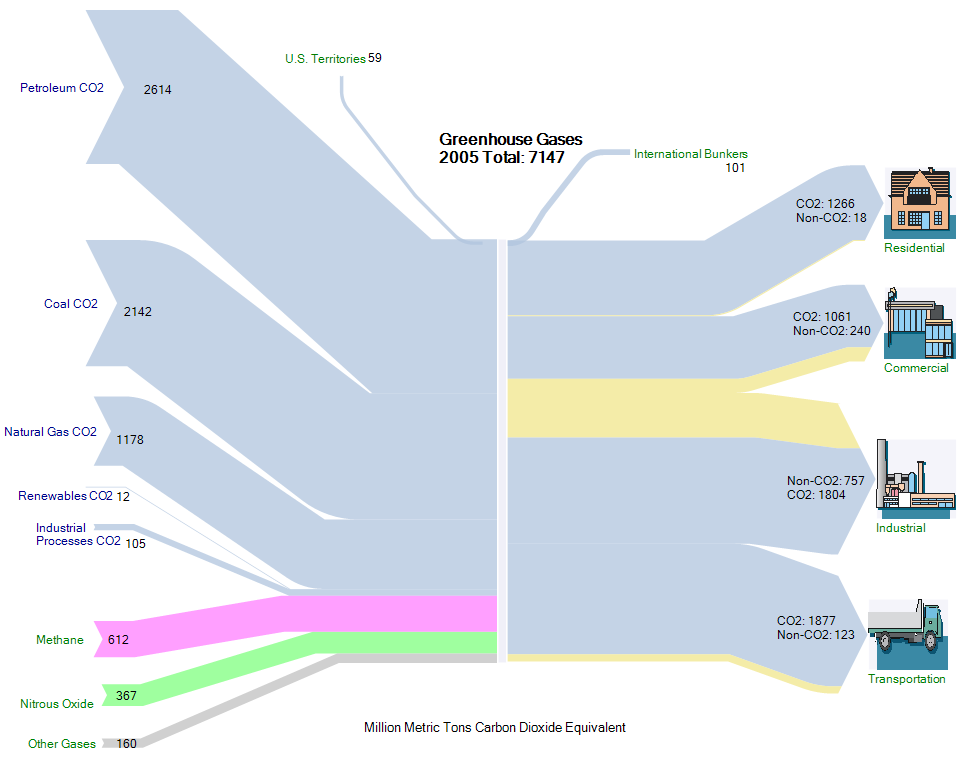



Greenhouse Gas Emissions In The U S Sankey Diagrams




Colorado S Greenhouse Gas Reduction Roadmap Raises Concerns




Us Greenhouse Gases Pie Chart Per The Epa Total Ghg Contributions From Agriculture Which Includes All Emissions Fro Greenhouse Gases Emissions Ghg Emissions



1




Greenhouse Gas Emissions Report 14 The Climate Center




The Greenhouse Effect Niwa




Where Do Canada S Greenhouse Gas Emissions Come From




Sources Of Greenhouse Gas Emissions Us Epa
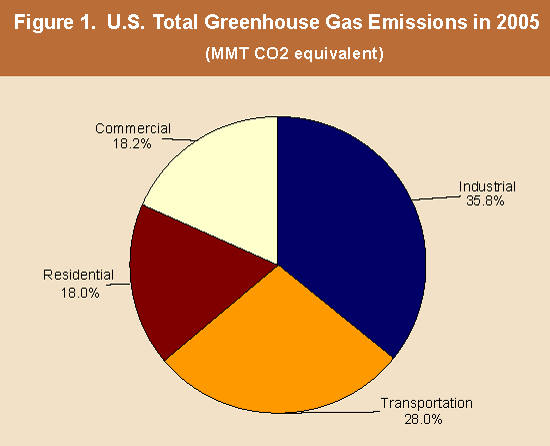



Nahb Residential Greenhouse Gas Emissions




Carbon Footprint Factsheet Center For Sustainable Systems




Pin By Acat Aziz On Greenhouse Gas Greenhouse Gases Greenhouse Gas Emissions Climate Change



Greenhouse Gas Emission Trends European Environment Agency



New Zealand Government Publishes Chart On Greenhouse Gas Emissions Sustainability
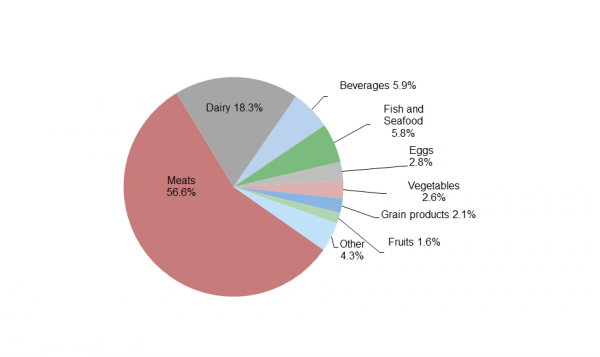



Carbon Footprint Factsheet Center For Sustainable Systems




Reducing Your Carbon Footprint Dwellsmart




World Flow Chart Of Greenhouse Gases Illustrating The Emission Download Scientific Diagram
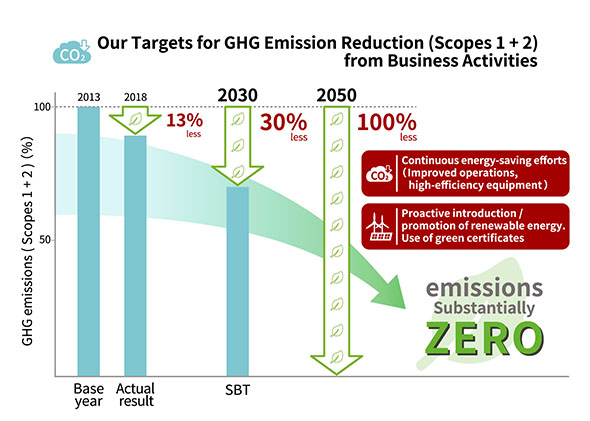



Azbil Establishes 50 Long Term Vision For Reducing Greenhouse Gas Emissions Press Release Azbil Corporation Former Yamatake Corporation



Ghg Page 2 Sankey Diagrams



Ghg Emissions Of Energy From Biogas Plant Sankey Diagrams




Overview Of Greenhouse Gases Us Epa




Co And Greenhouse Gas Emissions Our World In Data
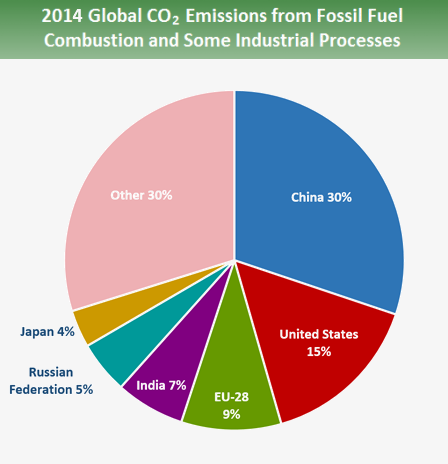



Global Greenhouse Gas Emissions Data Us Epa
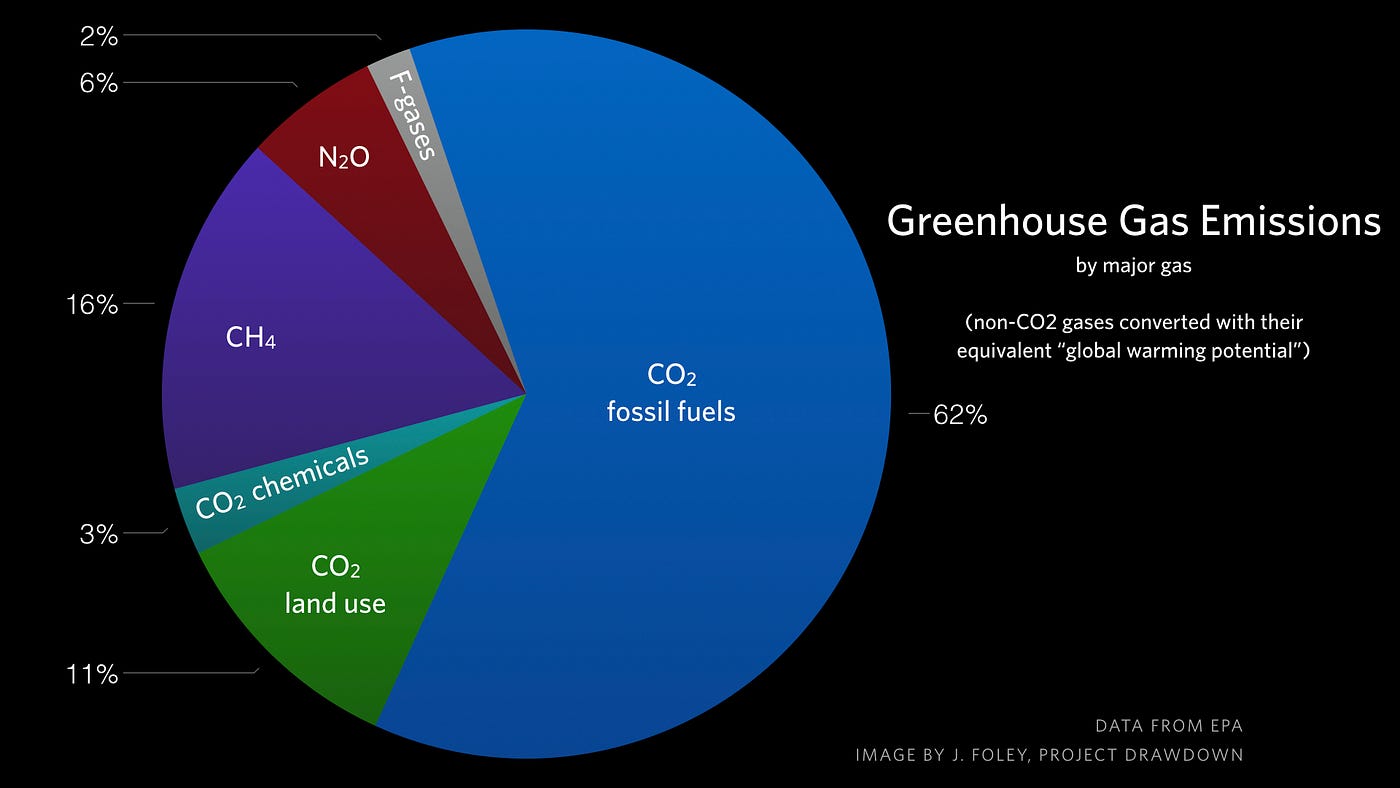



Major Causes Of Climate Change Globalecoguy Org
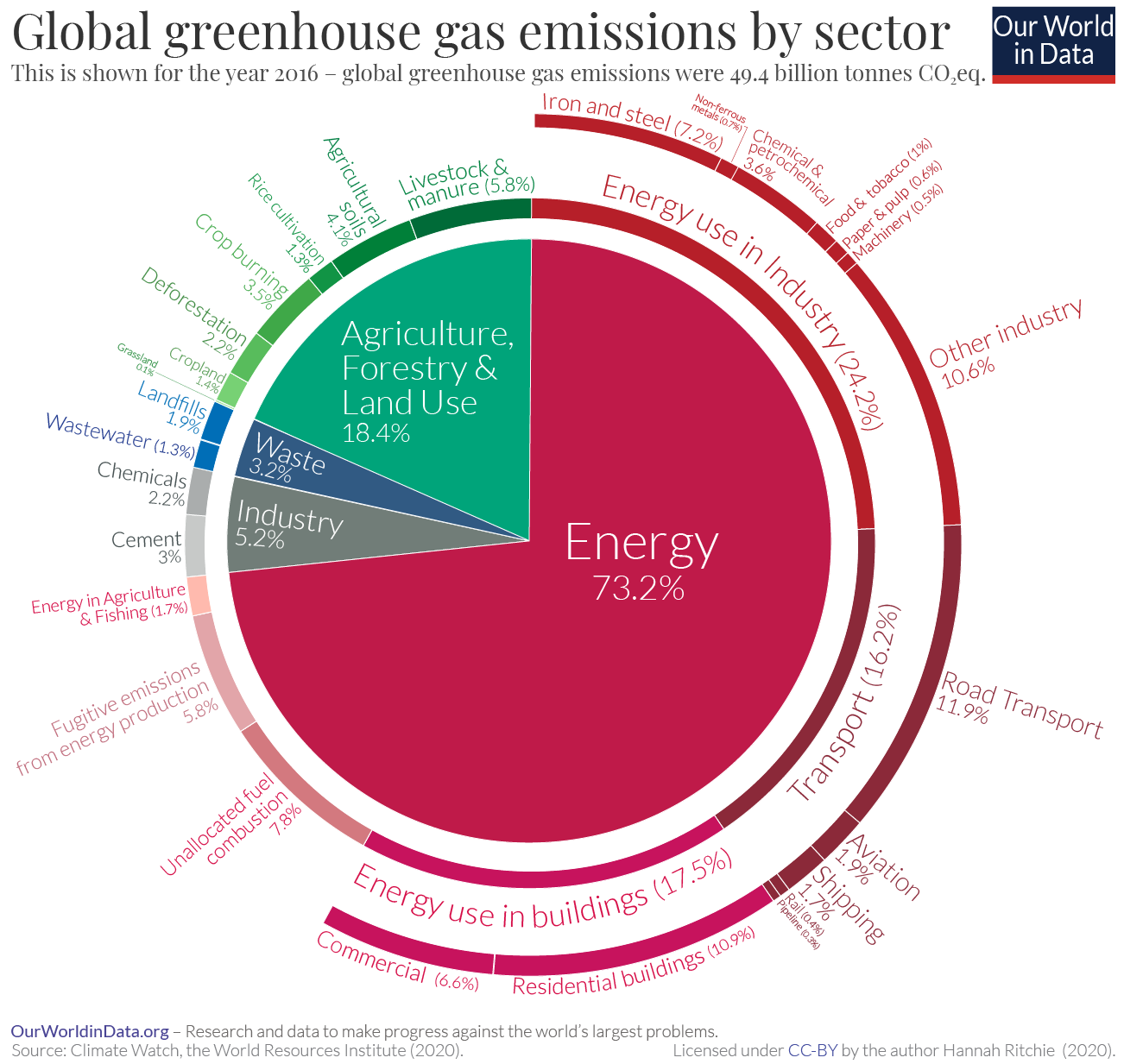



Sector By Sector Where Do Global Greenhouse Gas Emissions Come From Our World In Data




Germany S Greenhouse Gas Emissions And Energy Transition Targets Clean Energy Wire




Greenhouse Gas Emissions In Santa Fe City Of Santa Fe New Mexico
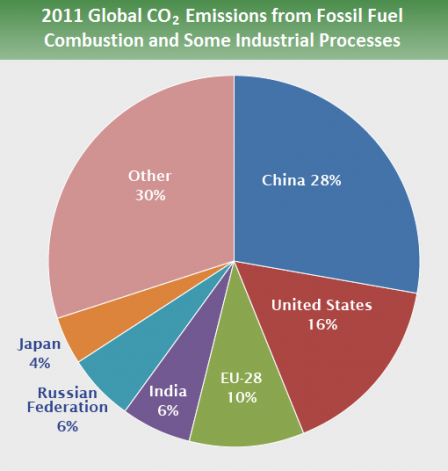



Global Greenhouse Gas Emissions Data Greenhouse Gas Ghg Emissions Us Epa
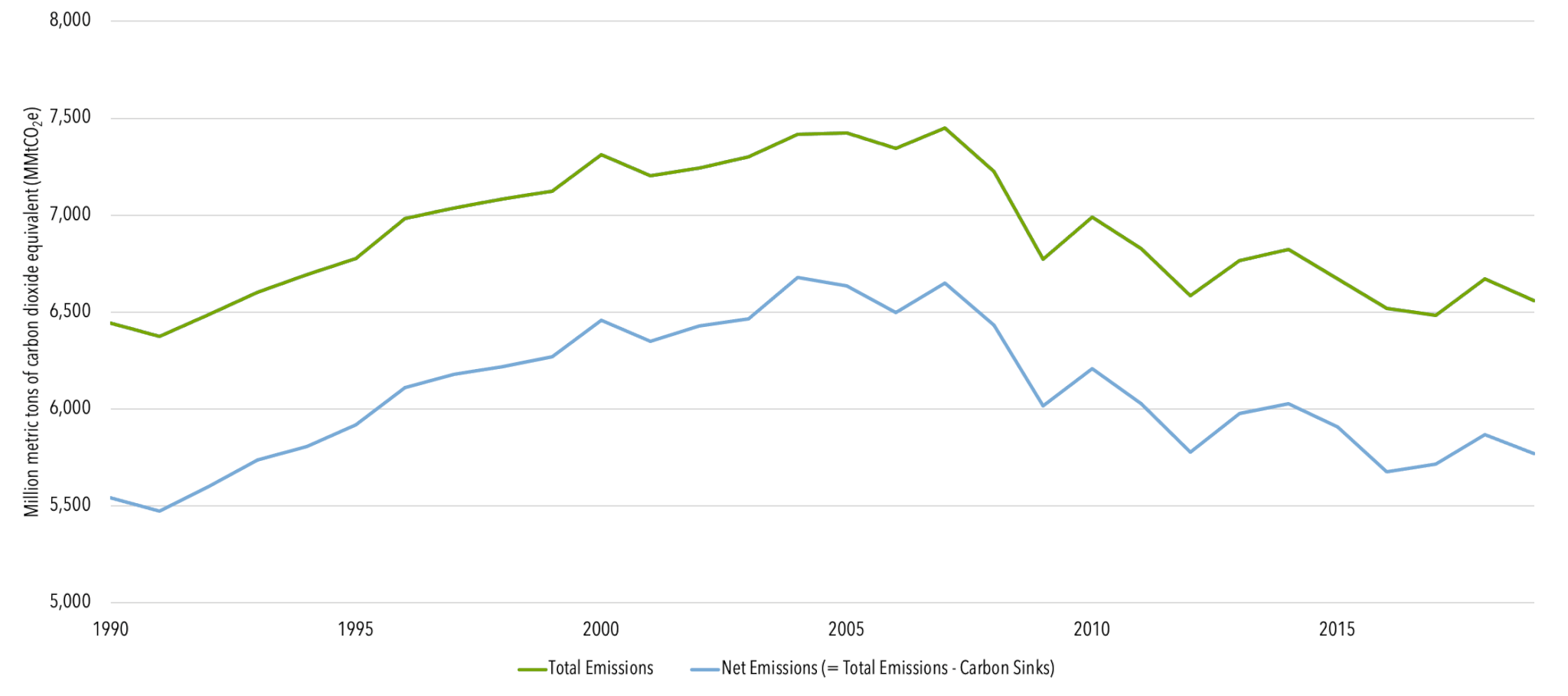



U S Emissions Center For Climate And Energy Solutions




The Enhanced Greenhouse Effect Global Warming Ozcoasts




Global Greenhouse Gas Emissions By Economic Sector 10 Download Scientific Diagram



Chart Eu And Us Slash Greenhouse Gas Emissions Statista
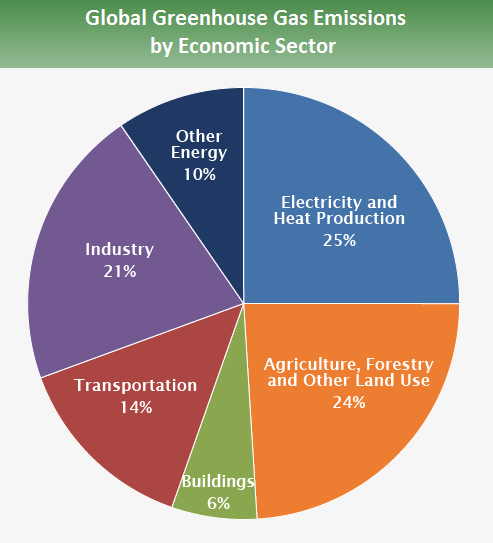



Global Greenhouse Gas Emissions Data Us Epa




U S Greenhouse Gas Emissions Systems Based View Including Emissions Download Scientific Diagram
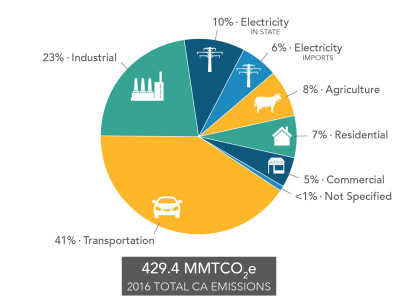



Greenhouse Gas Inventory California Air Resources Board



Emissions By Sector Our World In Data




U S Greenhouse Gas Emissions Flow Chart Greenhouse Gases Ghg Emissions Climate Change
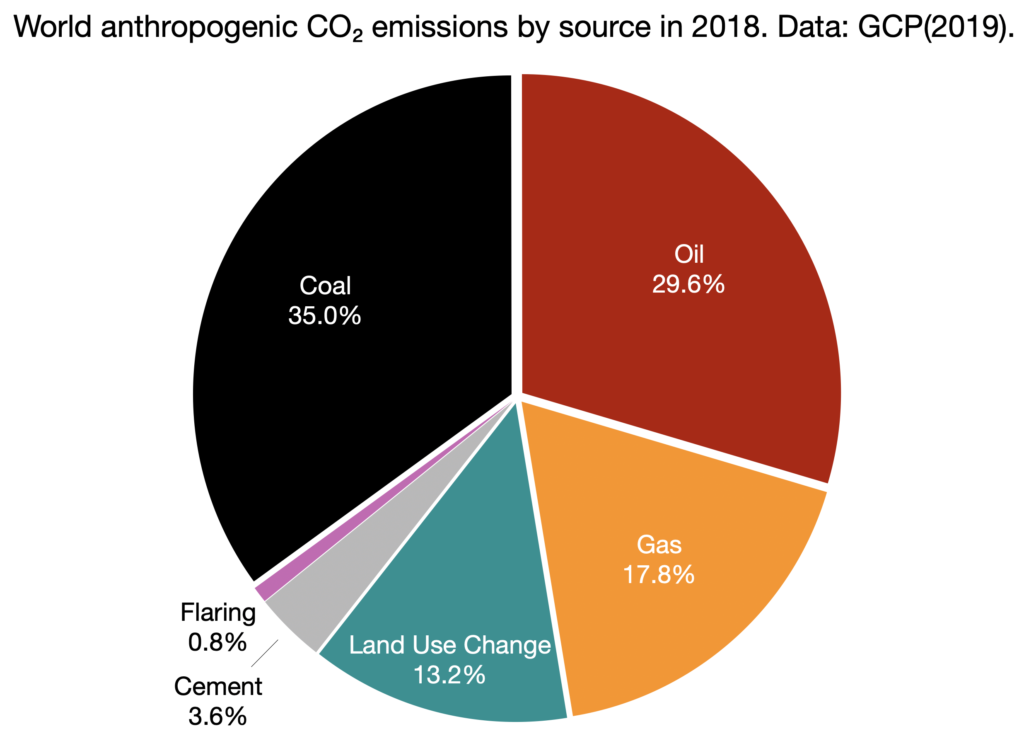



Greenhouse Gas Emissions World Energy Data
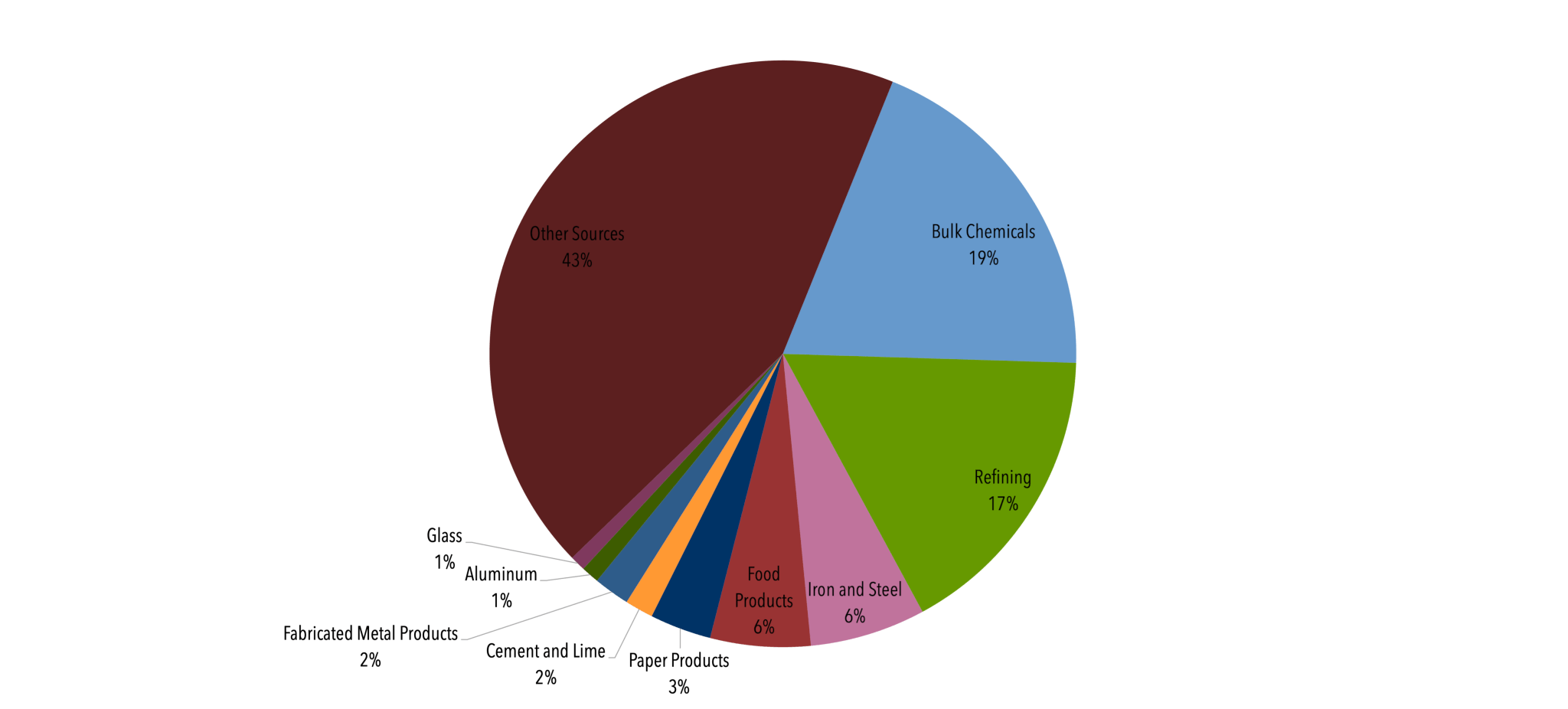



Controlling Industrial Greenhouse Gas Emissions Center For Climate And Energy Solutions




California Plans To Reduce Greenhouse Gas Emissions 40 By 30 Today In Energy U S Energy Information Administration Eia




2 Schematic Of The Greenhouse Effect From 16 Download Scientific Diagram
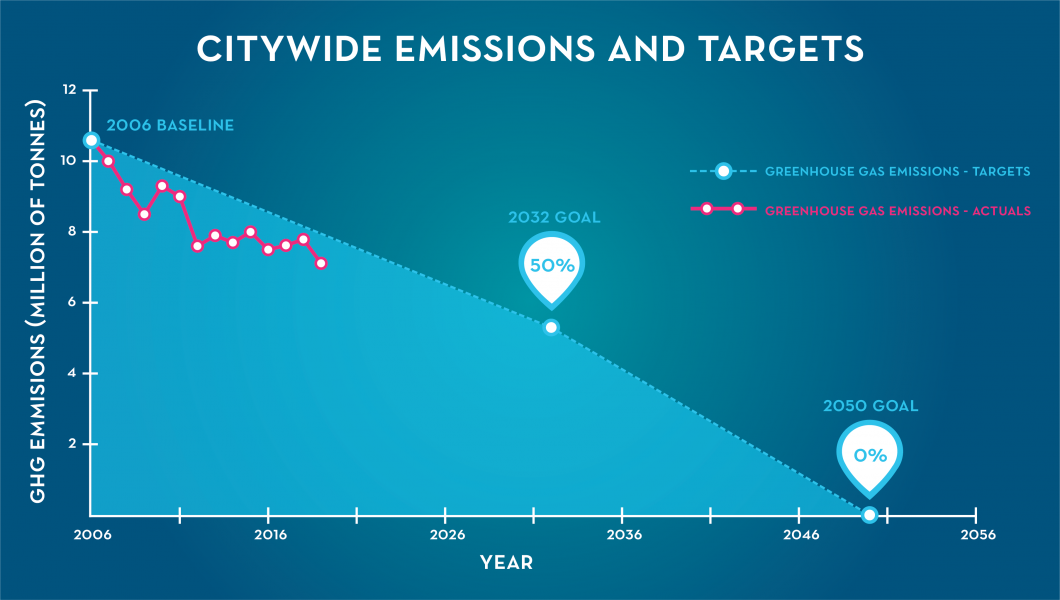



Greenhouse Gas Inventories Ddoe
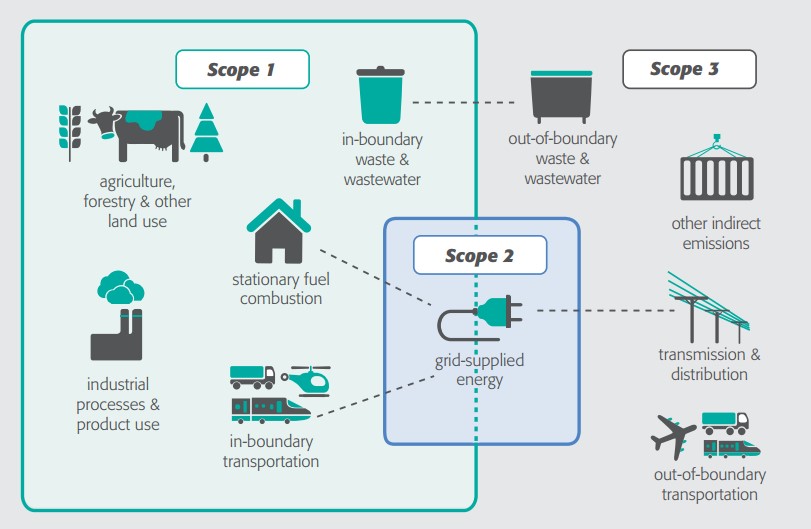



Greenhouse Gas Emissions Cdd City Of Cambridge Massachusetts




Fhwa Policies To Reduce Greenhouse Gas Emissions Associated With Freight Movements
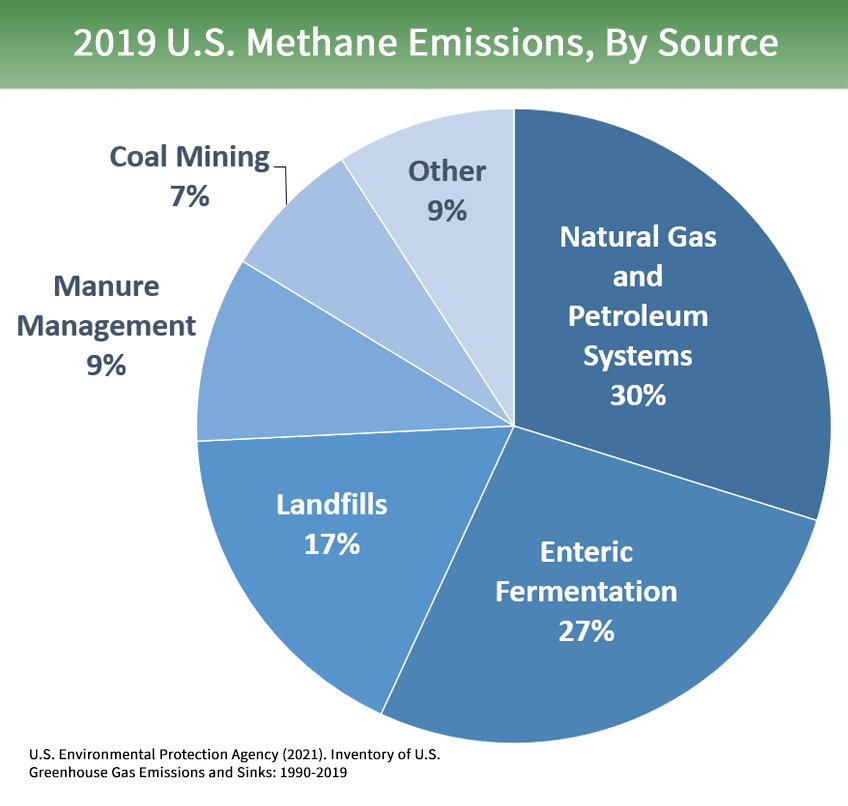



Overview Of Greenhouse Gases Us Epa




Total Greenhouse Gas Emissions By Sector In Eu 27 09 European Environment Agency




Sources Of Greenhouse Gas Emissions Greenhouse Gas Ghg Emissions Us Epa
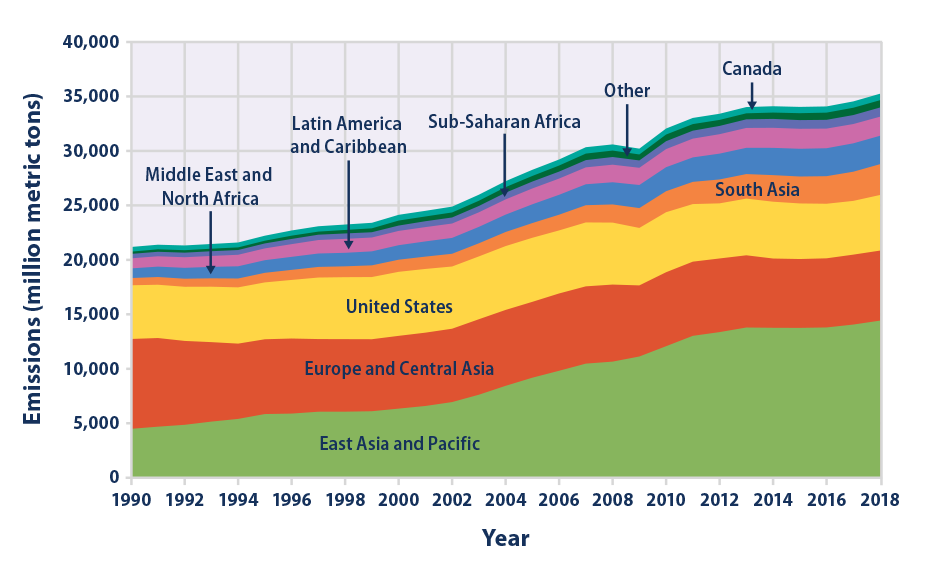



Climate Change Indicators Global Greenhouse Gas Emissions Us Epa




Causal Loop Diagram Ghg Download Scientific Diagram
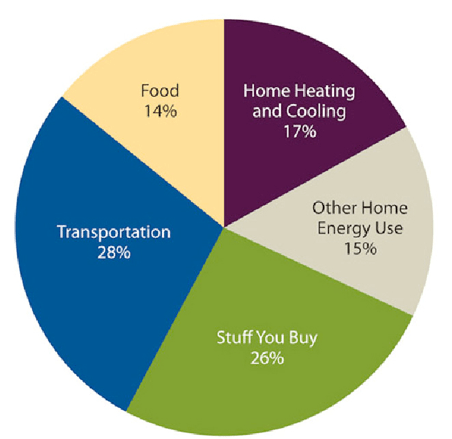



Carbon Dioxide Emissions And Carbon Footprint Mahb
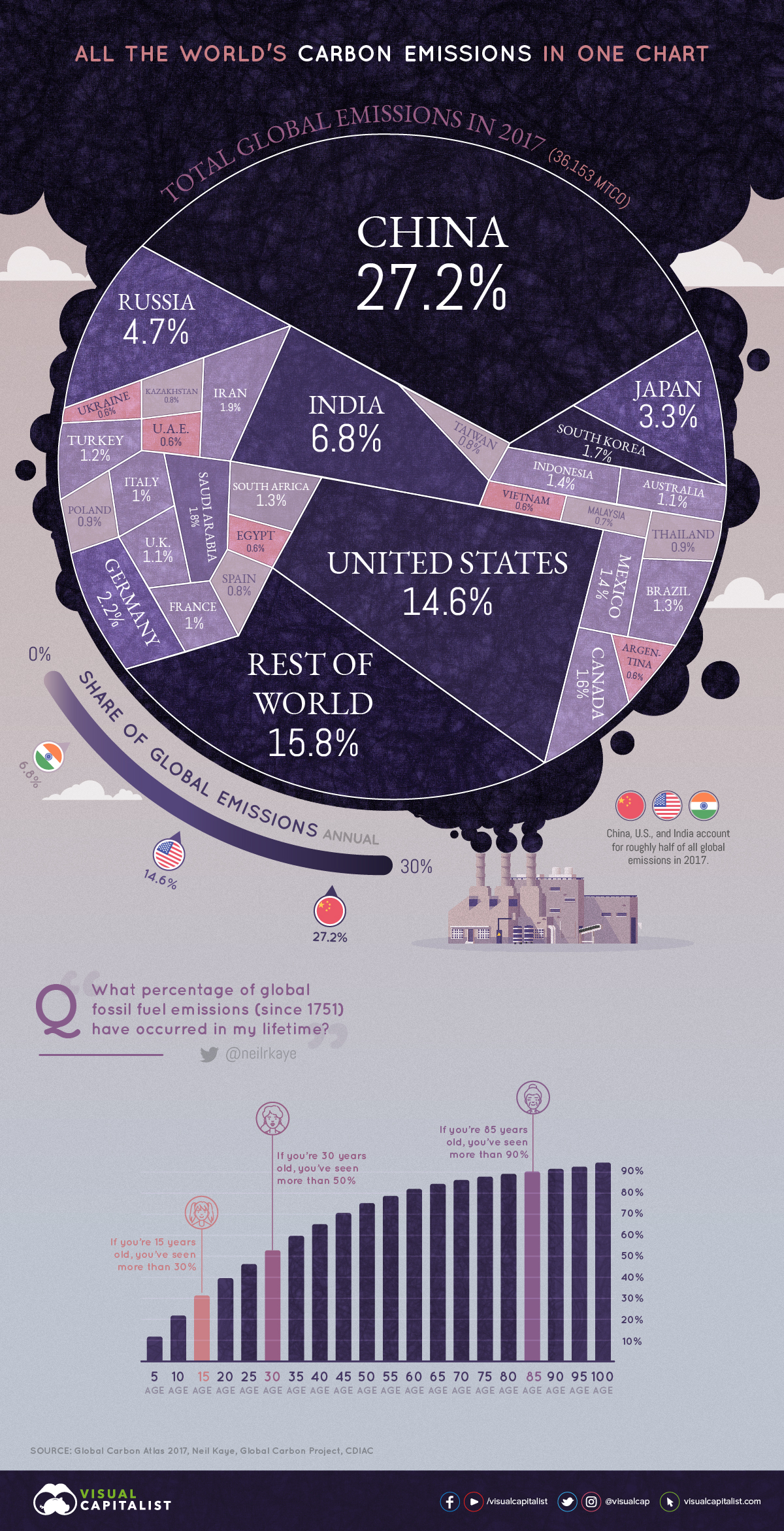



All Of The World S Carbon Emissions In One Giant Chart



1




Dnr Reports 3 Increase In Iowa Greenhouse Gas Emissions Iowa Environmental Focus
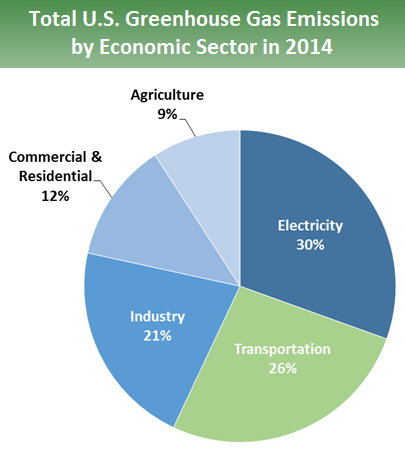



Sources Of Greenhouse Gas Emissions Greenhouse Gas Ghg Emissions Us Epa




Our Carbon Footprint Sustainability Alameda County




Sources Of Greenhouse Gas Emissions Source Ipcc 14 2 Download Scientific Diagram
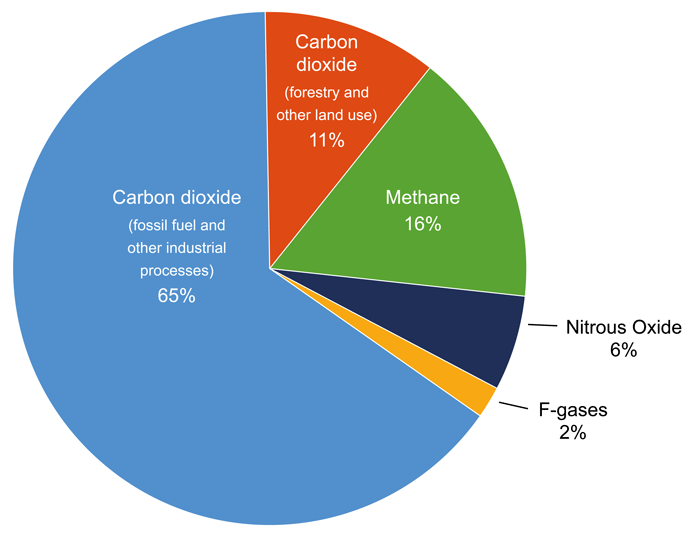



Causes Of Climate Change And Sea Level Rise Coastadapt



U S Greenhouse Gas Emissions Flow Chart Visual Ly
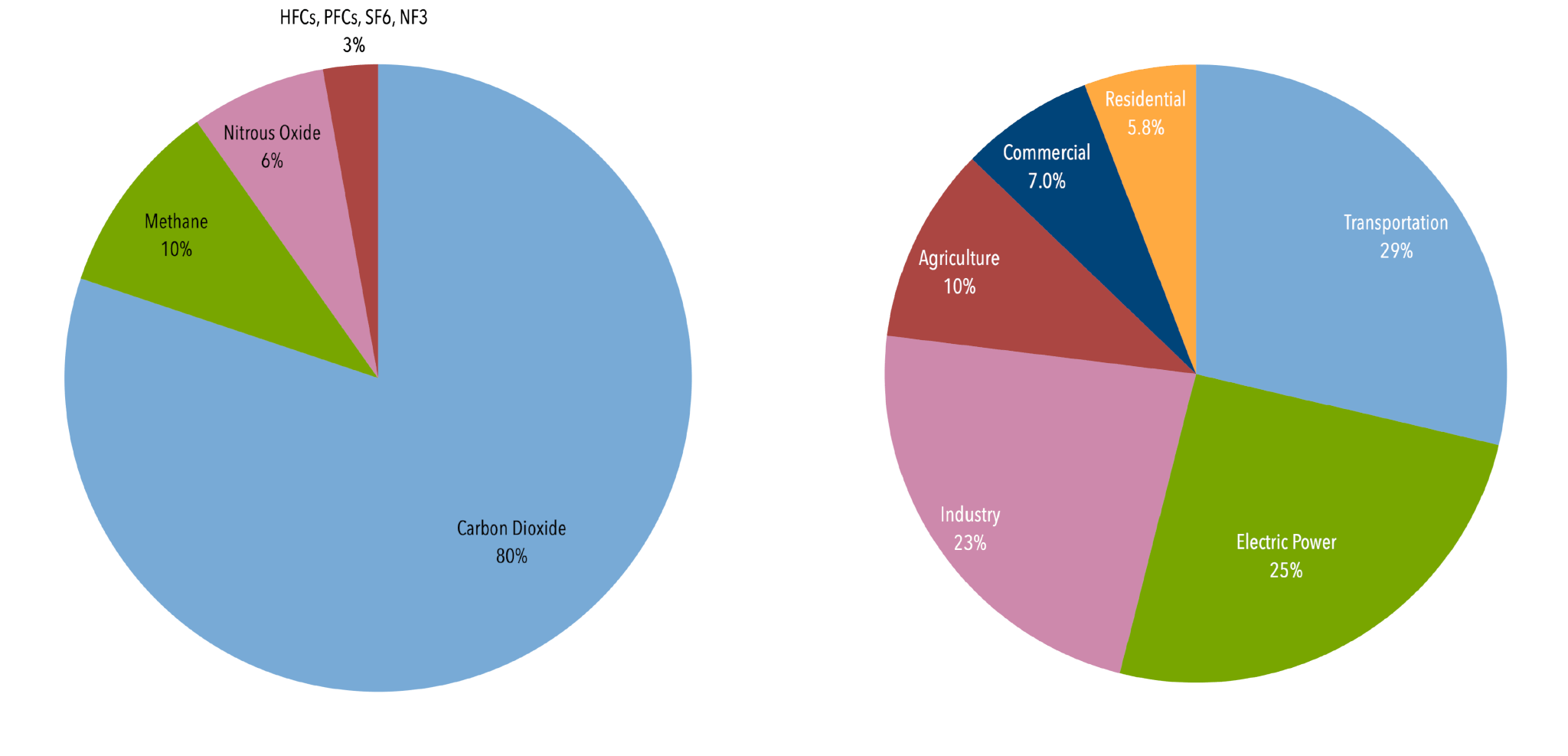



U S Emissions Center For Climate And Energy Solutions




Greenhouse Effect 101 Nrdc
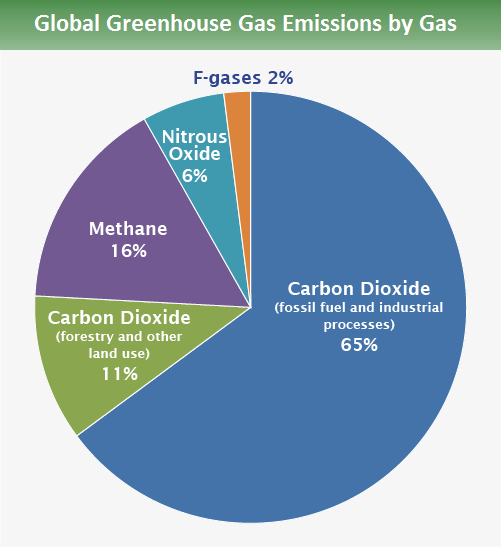



Global Greenhouse Gas Emissions Data Us Epa




Nz Ghg Emissions Flow Chart 06 Ghg Emissions Greenhouse Gases Greenhouse Gas Emissions




Schematic Overview Of The Main Greenhouse Gas Emissions In Agriculture Download Scientific Diagram




Emissions Sources Climate Central
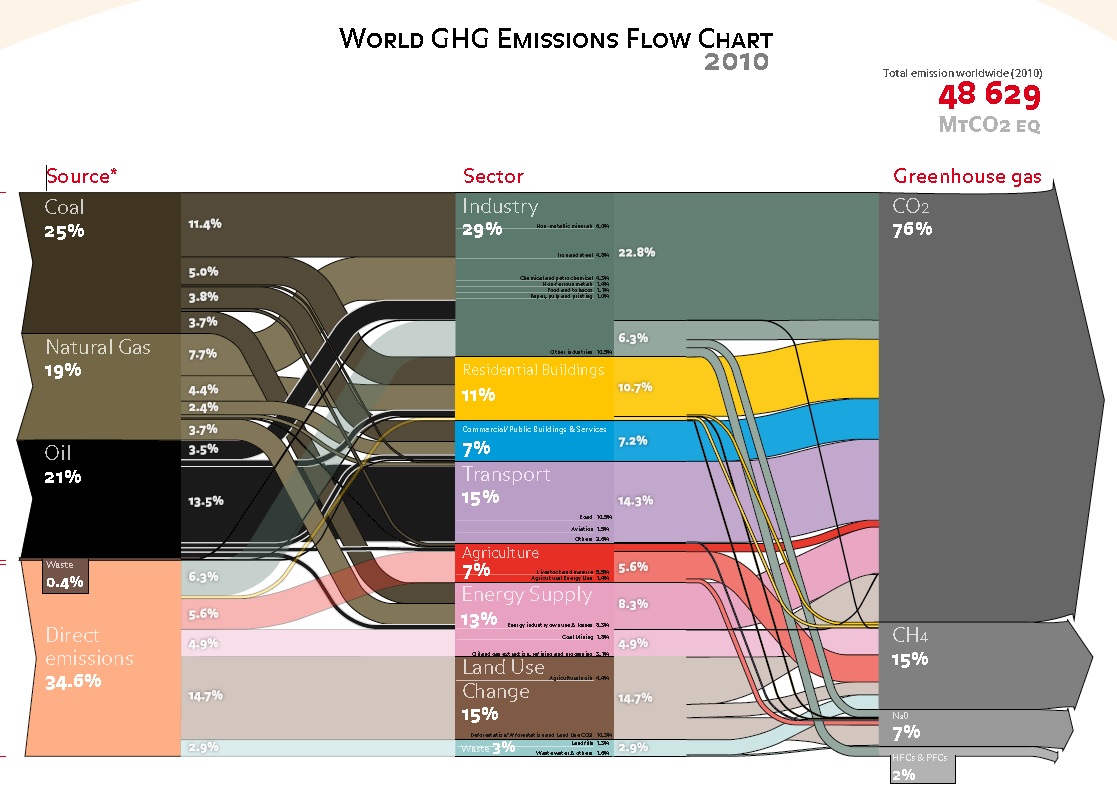



Greenhouse Gases Where They Really Come From Infographic




What S Going On In This Graph Nov 19 The New York Times


